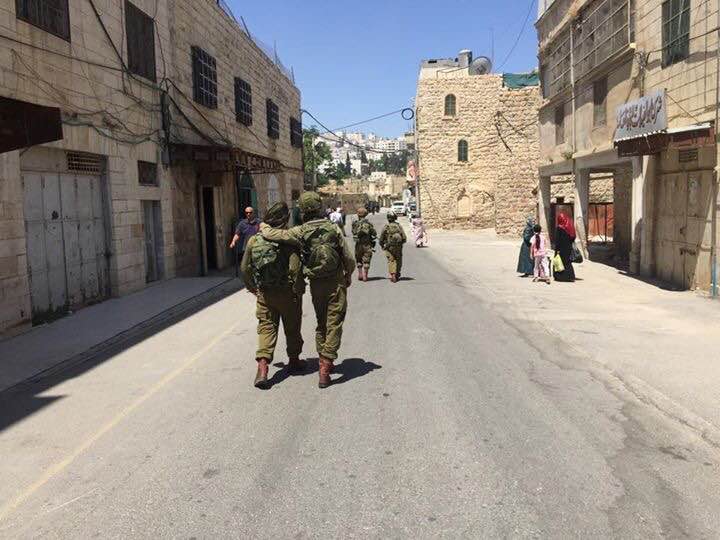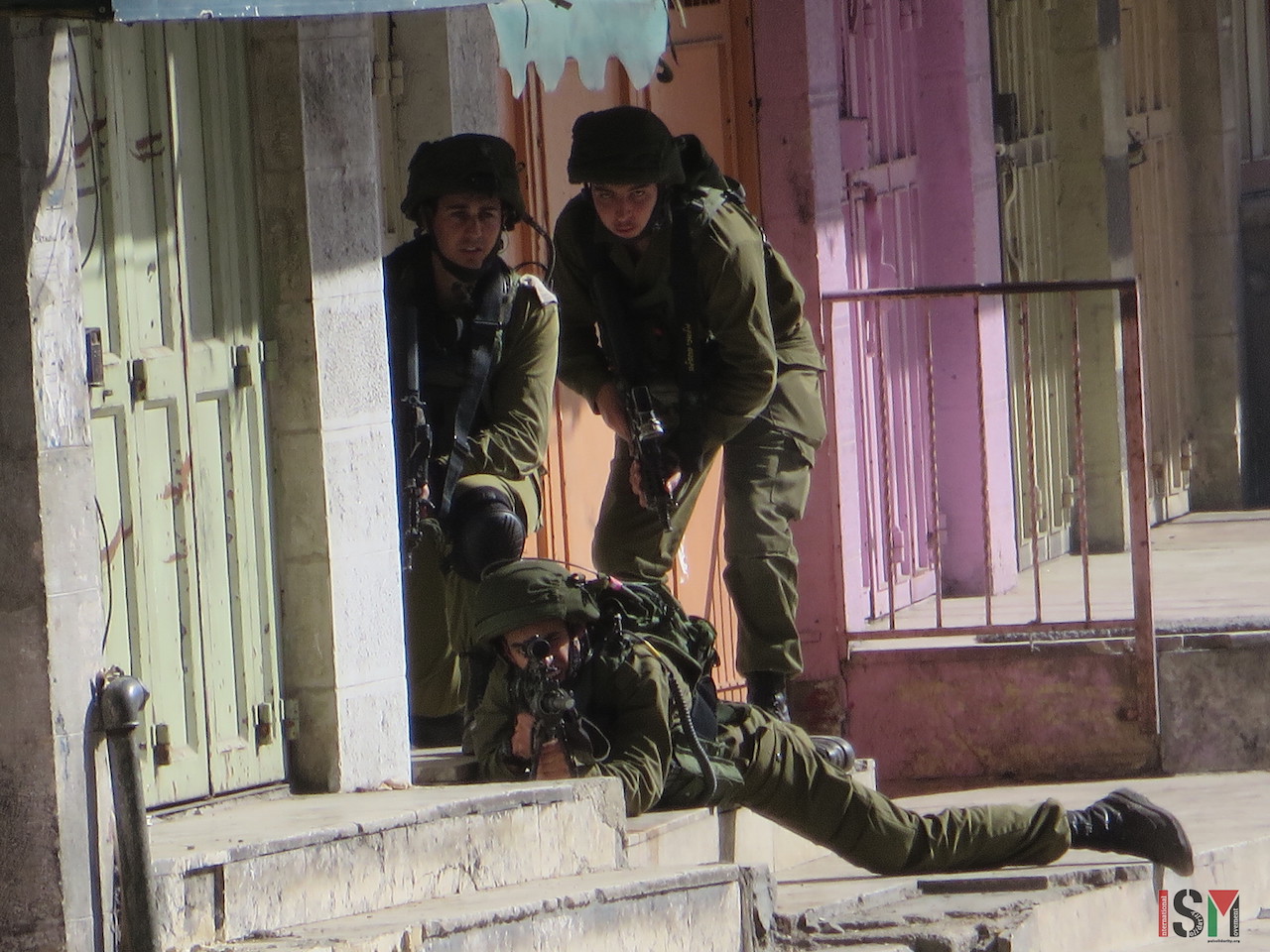Tag: Open Shuhada Street 2015
-
Shuhada Street 2015: Suffering from Israeli propaganda and ongoing military closure
Hundreds Palestinian shops and warehouses were closed on Shuhada Street by the Israeli army in 1994 following the Ibrahimi Mosque massacre, in which twenty-nine Muslims were murdered during prayer inside Ibrahimi Mosque by Baruch Goldstein, a Jewish settler from Kiryat Arba. In the name of protecting Jewish settlers after the massacre of Palestinians during Ramadan,…
-
Four Palestinians and one female German demonstrator shot with live ammunition at “Open Shuhada Street” protest
28th February 2015 | International Solidarity Movement, Khalil Team | Hebron, Occupied Palestine On February 27 in occupied Al-Khalil (Hebron), Israeli forces fired live ammunition towards nonviolent protesters participating in the annual Open Shuhada Street demonstration, injuring five including four Palestinian activists, one of them 17 years old, and one German citizen. More were also injured by rubber-coated steel bullets…
-
Dancing children attacked by Israeli forces
25th February 2015 | International Solidarity Movement, Khalil Team | Hebron, Occupied Palestine On the 24th of February in occupied Al-Khalil (Hebron), Israeli forces opened fire on dancing Palestinian youth, firing tear gas and throwing stun grenades at group of young children performing a traditional Palestinian dance as a form of protest in front of Shuhada checkpoint. The fifteen…



